Reading tyre tread wear patterns is important to ensure Safety, we must know all tyre wear and tear and their reason before it’s too late.
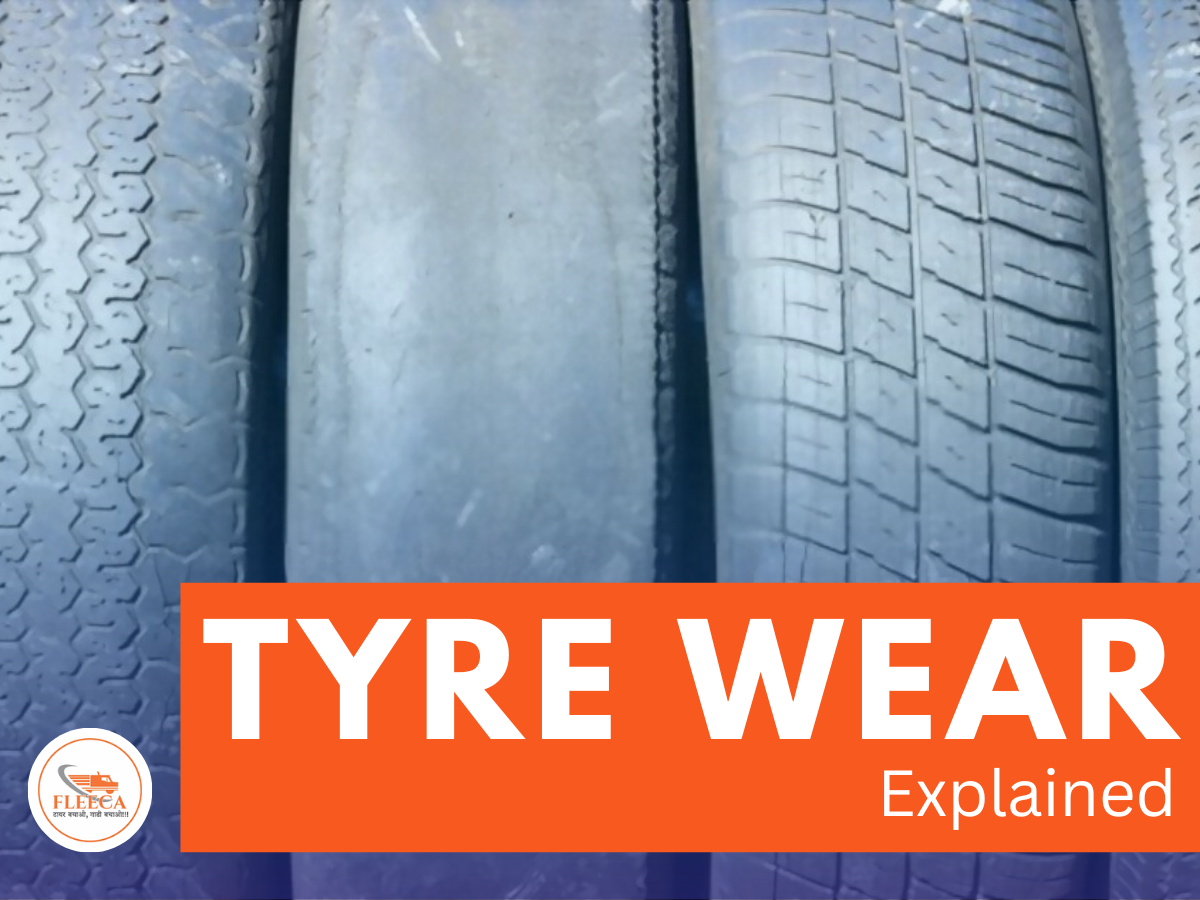
Tires Tread Wear
Tyres that wear unevenly can be dangerous and disconcerting. The uneven tread configuration reduces the tire’s service life and decreases its performance. Is there a reason for this problem with tires? (More about Tyre Maintainance)
There are many reasons for this problem. Tire rust can be caused by tire pressure, improper alignment, and reckless driving, despite its obvious limitations.
Tire Tread Wear: Causes
Wear patterns on tyres can indicate the quality of a tire’s performance. The tread is the area of the tire that you are most likely to come in contact with while driving. The tread is made up of grooves in the rubber.
These grooves are formed by your car’s driving force as it travels over the road.
The rubber is compressed into the grooves and squeezed into a series of ridges and depressions. The rubber in the grooves wears down as it is squeezed. The type of driving you to do determines the wear pattern of the tyre.
You may notice a decrease in tread depth or a change in tyre performance depending on what type of driving you do.
Another possible cause of uneven tread wear is irregular or non-existent tyre pressure changes.
How Do You Check The Tyre Wear
Although they are not a reliable indicator of tyre wear, tyre wear indicators can be a useful way to check if your tyres have begun to wear.
The tread wear indicator will show if the tread depth has been reduced to 1.6mm. Make sure you do not touch the tread wear indicator when checking your tyres.
You can change the position of the Tyre tread wear indicator if you do. The tread wear indicators should be worn down by normal Tyre wear and tear at the tread contact points.
Different types of Tyre Wear
Wear on tires is one of the leading causes of tyre problems. To determine the wear of the tyre, the tread depth is measured. At the end of the tyre’s life, the tread depth should not exceed 6mm.
To make your tyre last longer you need to check the tread depth. On the side of your tyre, you will find the tread wear indicator. Each indicator has its own unique shape and pattern.
This is used to indicate the tyre’s speed or maximum speed at which it can be driven. The tread size is indicated by the pattern. The shape can be divided into five parts.
There are five types of shapes: trapezoidal, circular, triangle-shaped, square, rectangular, plate-shaped, and three-sided. The patterns will help you determine the speed of the tyre.
Toe Wear
Toe wear is an elevated vertical line used to determine when the tyre is nearing the end of its useful life. Both the tread wear indicator (or toe wear indicators) are used to determine when the tread depth of the tyre is below 1.6mm.
The tread indicator measures the width of the tread pattern’s longitudinal grooves. On the left side of the tyre, you will see TWI (Tread Wear Indicator). Toe wear indicator is an elevated vertical mark that indicates when the tyre is at its end.
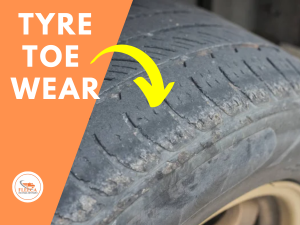
Camber Wear
Camber wear refers to a type of wear that happens when the camber of a tyre is out of alignment. Camber refers to the angle between the tyre’s longitudinal and lateral axes.
Normal conditions will see the camber angle of the tire between -5 to +5 degrees. Wear and damage may occur if the camber angle falls outside of this range.
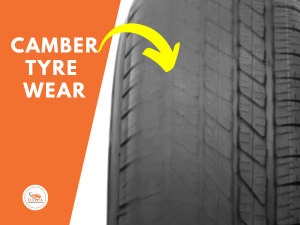
Center Wear
The wear pattern at the tread’s center is called center wear. This is the most popular type of tread pattern. The tread depth in the center wear pattern is less than that of the side wear.
There are two types of center wear patterns: normal wear and abnormal wear.
The tire wear pattern at the center of the tread is the most visible. It’s usually located in the central groove of the tire.
This is a narrow groove measuring approximately 2 mm in width. The tread wear indicator is located on the sidewall of the tire.
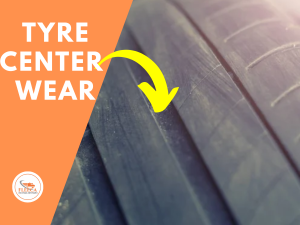
Edge Wear
You will find the tread wear indicator on the side of your tyre. It is usually small yellow or white “T” shapes. These indicators indicate when the tyre needs to be replaced.
The tread wear indicator measures the depth of the tread grooves. This is the depth of the tread in millimeters when the tire has worn to 1.6 mm.
The treadwear indicator will match the tread groove. These indicators give an estimate of how long it will take for the tire to wear out.
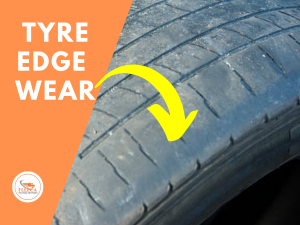
Patch Wear
If a tire is worn or has patches, it is more likely that it will slip on the road. A tread depth of at most 1.6mm is recommended. The tread wear indicators will allow you to track how much tread remains and how it has worn.
A tread wear indicator is a sign that a tire has 1.6mm of tread depth.
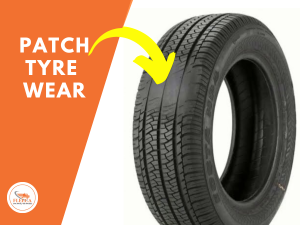
Cup Wear
High wear rates will leave striking tread marks on roads. This pattern can still be seen in the initial stages of tyre wear. These patterns are known as “cup wear”.
These are easily visible when the tyres do not touch the road surface and you drive on straight roads. The tread wear indicators will show the tread height when the tread depth drops to 1.6mm.
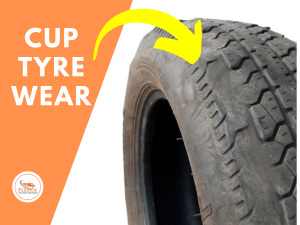
Cause of Uneven or Premature Tyre Wear?
tire wear pattern of your tires will vary depending on how you drive. Driving style is one of the main causes of uneven or early tire wear. It is common for the tread to become less deep over the first few months of ownership. As the rubber softens, the tire’s performance will change.
Uneven tread wear can occur for many reasons, so it is important to replace your tyres sooner than you think. You can avoid potential problems by regularly checking the tread depth and condition of each tire.
Tyre Wear and Tear – Final Thought
We hope that you enjoyed this article about tire tread wear patterns. Your vehicle’s tyres are vital, so you need to pay attention to tread depth and condition.
You should have your vehicle checked by a professional if you are unsure about its tyre condition. Also, be aware of irregular wear, especially when driving in places like potholes. Please email us at info@fleeca.in if you feel your tyre is in need of replacement.
Read More
Thank you for reading, we hope to read more from you soon!




